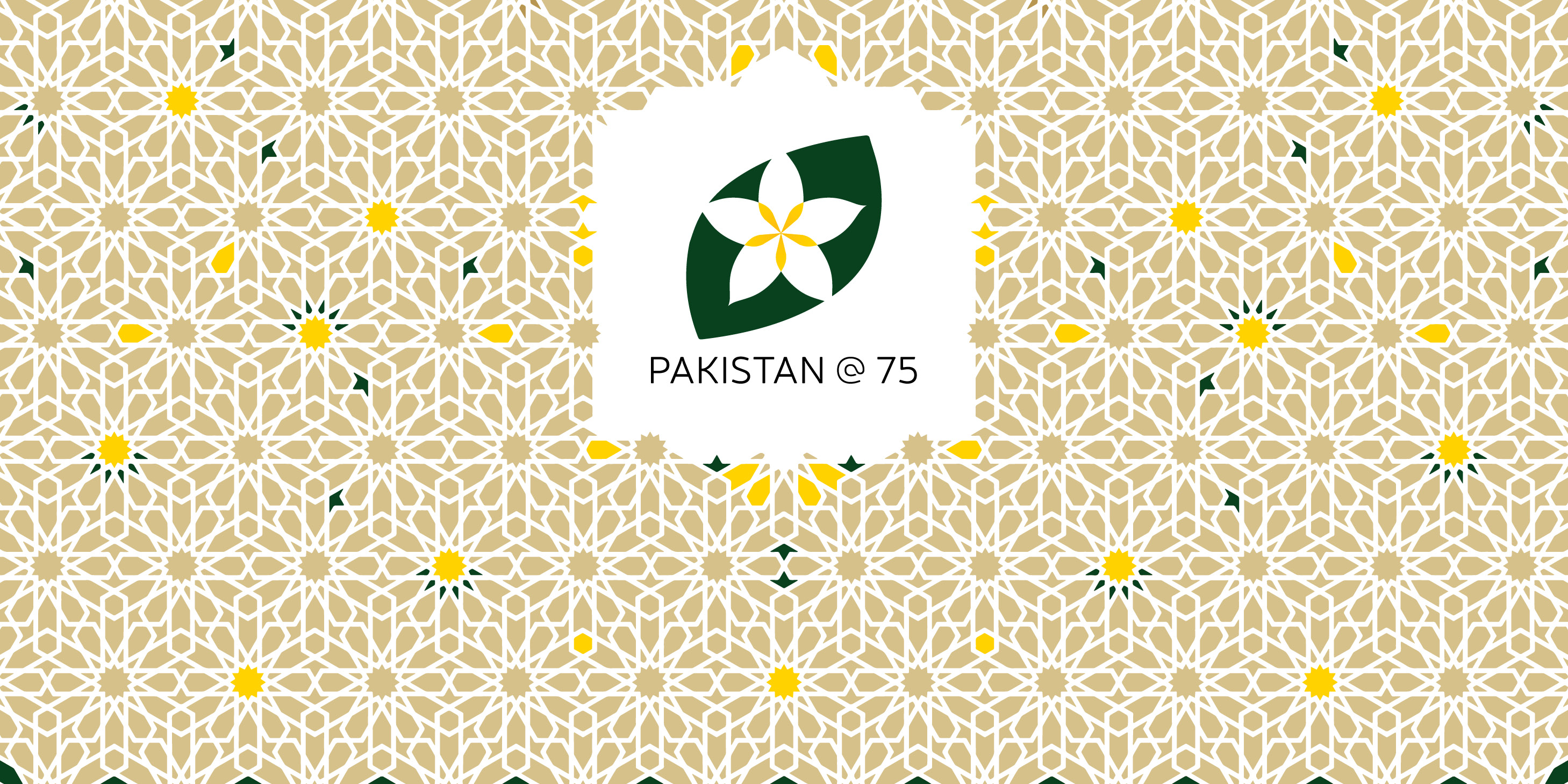
The birth and independence of Pakistan in August 1947 was the achievement of Muhammad Ali Jinnah, who successfully demanded a Muslim homeland for its people in the Indian subcontinent from the British Empire, as India's independence grew nearer.
Unlike other countries in the region, Pakistan (born amidst the bloody violence that accompanied the partition of erstwhile India, and led to the largest human migration in global history) comprised two discrete parts: 'West' and 'East' Pakistan. In January 1971, East Pakistan would wrest independence from its West, and become the independent nation of Bangladesh.
The LSE South Asia Centre is the only academic Centre in a Higher Education institution anywhere in the world to have marked this anniversary over a period of 12 months with a specially commissioned logo, events (including a special conference in Lahore in November 2022), the launch of a one-of-its-kind Big Data Digital Map, and 12 special blogposts representing the latest research and ideas from different perspectives from academics and thought leaders.
The commemorative events were the perfect occasion to also showcase LSE's interdisciplinary academic expertise on Pakistan, involving LSE faculty and alumni.
[Interested readers can also read our Occasional/Working Papers available here.]
*
The 'Pakistan @ 75' logo is copyrighted by the LSE South Asia Centre, and may not be used by anyone for any purpose. It shows the national flower of Pakistan, Jasmine (Jasminum officinale), framed in a filigree design adapted from Islamic architecture. The logo has been designed by Oroon Das.